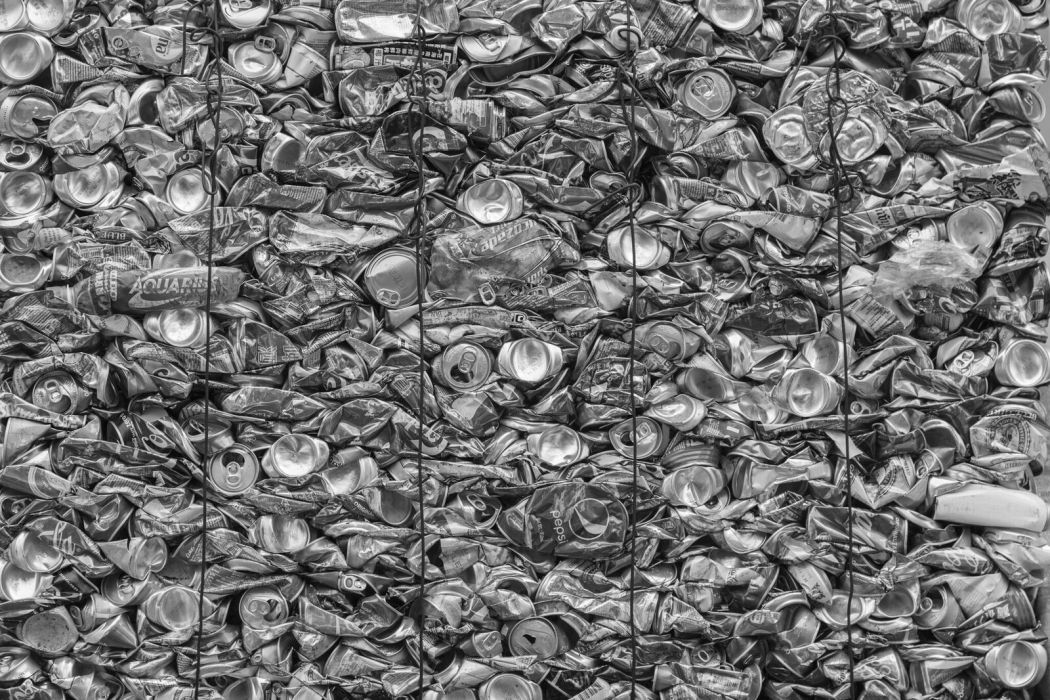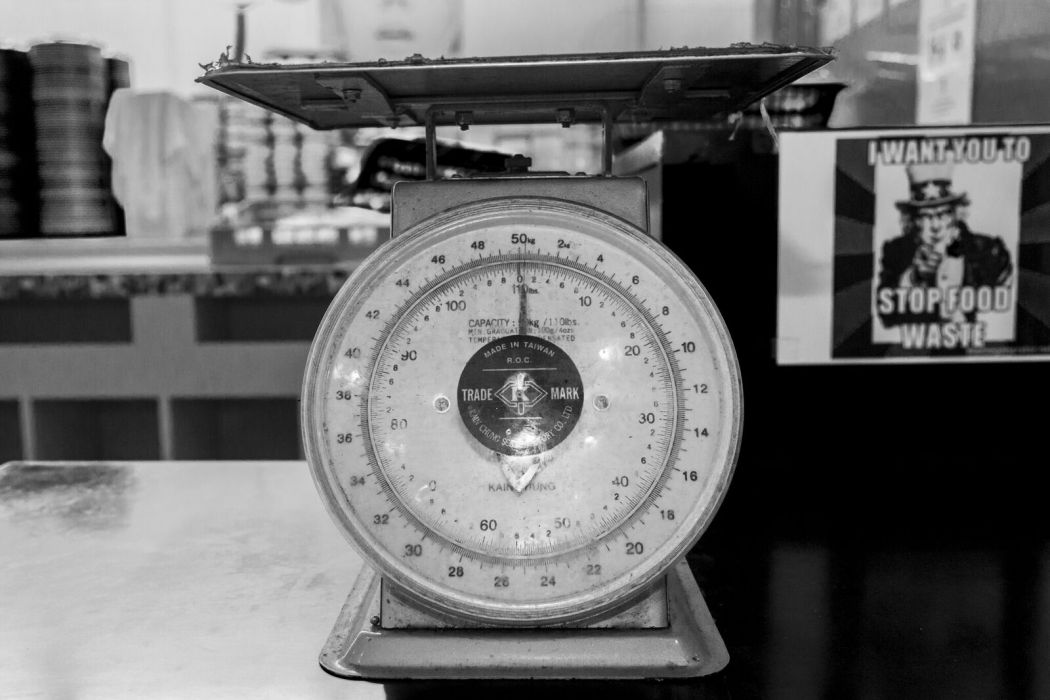Activism, in recent times, has come to be associated with the attendance of one-day marches, or a retweet as part of a Twitter or Facebook trend. And such mechanisms have indeed granted many people a voice who were formerly excluded. However, long before the debate over whether technology makes us cleverer or lazier activists, these Hong Kong women were acting and advocating for their communities, and causes, to generate tangible change.
Activism–or using action to bring about change politically, socially, environmentally or economically – has many implications in Hong Kong, particularly in light of the Umbrella movement which heralded a new democratic awareness and solidarity. But the plight and potential of Hong Kong extends beyond the political realm, and these women have applied themselves to causes such as free water, migrant rights, gender equalities and waste reduction in order to move our city forward.
Christy Chow
“One of the courses I took was Disneyization, so when I graduated [from HKU] I started my career as a Stage Manager in Hong Kong Disneyland. I was running a Cinderella stage show and heard the narrator say: “In order to show his love, Prince Charming gave Cinderella a beautiful diamond ring.” I realized in that moment that I was helping promote a message to three-year-old kids that diamond ring equals to love. So I quit.”

Christy Chow is an activist for the causes of human rights, social justice, gender equality and environmental sustainability. Chow has used interactive art to stimulate thought and generate action, whilst believing that the ability to speak up without suffering negative consequence is a basic human right.
The winner of the Hong Kong Human Right’s Art Prize 2017 has seen her installations exhibited around the world, from Hong Kong to Spain to Boston and back again. A 2013 gender equality project called “What Are You Expecting?” was her first in Hong Kong’s City Hall, where Chow used dolls to depict five different private moments of a woman inside a bathroom, a space that is free from the male gaze.
They included shaving, doing her hair, changing sanitary pads, masturbating and pumping breast milk, aimed to highlight how dolls convey a set of social expectations for women.

Her work went on to highlight feminist theory around body shapes with her first American project “2908.82kcal”, and then fast fashion with project “Moda Sostenible” in Cadiz, Spain, which went on to exhibit in Boston. Most recently, Chow applied her talent to “Laborland”, which included different video installations such as “De-stitching”, “Slum Theatre” and “Come, Run in Me”.
De-stitching, a video installation that featured Chow deconstructing a fast fashion shirt made by a sweatshop worker in South Asia one stitch at a time over 5 hours (3745 stitches in that were counted in Cantonese), questioned the true value of labor and if the value of labor can only be measured in monetary terms. It was this project that won Chow the HKHRAP in 2017, which spurred her to continue to create in the hopes that it will liberate audiences from both societal and self-imposed suppression.
Rachel Pang
“When I lived on Park Island, I used to go to a remote beach to do yoga. However, every time I went it was full of garbage. So instead of doing yoga on the weekends, I would go to clean the beach. The majority of the waste we collected were plastic drink bottles. After a while, I realised something more needed to be done – we needed to stop the pollution at [the] source. That’s when I set out to create Water for Free.”

20,000 people have downloaded Water For Free, an app that shows the locations of over 1300 free water dispensers in HK. The app makes refilling instead of buying plastic water bottles not just possible, but convenient.
Pang took the time to place the sites of the Leisure and Cultural Services Department’s water fountains on Google Maps, then aggregated the list into a mobile app so it would be accessible to many. The app and website development was crowd-funded, and dedicated users keep it up to date by notifying Water For Free when they find a new dispenser that isn’t listed in the database.

Pang estimates there are more than 1,000 fountains in the city, and that by giving people the ability to access them, people are offered a chance to be environmentally conscious and reduce plastic waste.
Pang believes individuals who understand the impact that their purchasing decisions have on the environment and on future generations will be part of the solution. The Water for Free app, in addition to the water dispensers it supplies for events and at schools and community centres, are all part of her activism in reducing the consumption of plastic in Hong Kong.

“With over 7 billion people on the planet and 9 billion by 2050, it’s crucial for us to understand that the planet cannot support our way of life. We are consuming resources at a rate that is unsustainable and the impact of our waste on the environment, while often out of sight, is polluting our food chain.”
Adella Namagembe
“There was a moment when a small group of us [asylum seekers] were sitting outside the social welfare office, and we were protesting that we weren’t getting enough assistance from the government.”
“As we’re campaigning outside the Prince Edward offices, many of our friends got too close to the building and were taken inside, unable to emerge. By the time night came around, we were supposed to go home and come back the next day. But then we realised we couldn’t go home when our friends are inside. We can’t go home and eat and drink or have any kind of comfort when our friends don’t have the same rights. So we decided, we are sleeping here. We can’t leave those who are inside, inside. And that was how Refugee Union began, and we think the same thing every day.”

Adella Namagembe is the Chair of the Refugee Union, an NGO that acts as a social centre for refugees. The Refugee Union’s services are critical in Hong Kong, a city that has approved just 52 of almost 9,000 refugee claims in nine years.
“This is where they come to express their feelings and problems… [when] they are sick and seek consultation. They get help with the status of their cases and [we] further advise them, guide them, and hold monthly meetings for them,” says Namagembe. “We give them a community.”

The ability to meet others, discuss and share their situations–to ultimately feel like they belong–counter a lot of public stigma that has been incorrectly attributed to refugees.
According to a survey conducted by the Department of Asian and Policy Studies at The Education University of Hong Kong (EdUHK) in 2016, about half of Hong Kong Chinese are “somewhat misinformed about refugees and ethnic minorities.” Some respondents had “even labelled asylum-seekers and refugees as “fake refugees” and associated them with “crimes.”
Namagembe refutes this, proclaiming that part of the problem with perceptions around refugees is that they’re seen as one case, repeated in different people. “Every person has a story, even though it is not easy to share, because [we] are all here for different reasons. We have different backgrounds, different histories.”

Namagembe says counselling and guidance are desperately necessary. “Trauma and stress is so a part of our lives, and we need to share our stress and problems, which is why the Refugee Union is there.” But she says the Refugee Union didn’t spring up overnight: “[I]t was step by step. Refugee Union was a vision before it was an NGO. We decided we are not going to just sit here waiting, so as refugees, we started to help refugees. We decided to be active.”
Sabrina Chann
“I was scrolling through the internet when I came across this infographic showing the amount of water it takes to produce a burger. It shook me. The beef patty alone took almost 8 bathtubs full of water to produce. It reminded me of all the times I threw food away just because I had ordered too much. A surging sense of guilt, but also of hope took hold of me. I felt guilty for how naive I had been in wasting food, but I was hopeful because I knew I had the power to change this.”

Sabrina is 16, and a student at the Independent Schools Foundation Academy. She leads the DONUT Waste project, a student-led organisation aiming to reduce food waste in Hong Kong schools. Food waste makes up a third of municipal waste in Hong Kong, and Sabrina believes the reason why food gets thrown away so unconsciously is that people are unaware of the damage it causes.
“The resources taken to produce what’s on your plate, from water to labour to transport, is unimaginable,” she says, declaring that “food waste is not only an environmental but an ethical issue. Whilst all this food is thrown away in cities, there are eight million people suffering from starvation in third-world countries.”

DONUT waste has already begun attracting attention and was awarded $5000 of seed funding by the Nature Conservancy, Goldman Sachs and Veolia in June 2016. Through a variety of initiatives, the collective aims to educate and motivate. One initiative, “DONUT Waste Gardening Kit” is what Sabrina calls their “most successful initiative yet.” Born from the observation that each time a vegetable is eaten, the upper portion of the vegetable stalk is consumed but the root discarded, Donut Waste provides a kit to place the vegetable stems into soil or water to create completely new vegetables in a week. They’ve sold over 150 kits at five different locations around Hong Kong in the past 10 months.

Being environmentally conscious should not be a burden, but instead a chance for innovation. Not only is regrowing vegetables environmentally-friendly, but also cost-efficient. Another initiative, “Foodprint”, is a dynamic computer program targeting school cafeterias, and uses an electronic scale to measure the amount of unfinished food scraped into bins and breaks it down into number of people the food wasted could feed, showing students the impact of their individual actions in real time.
The program was created by Sabrina after she took a 10-week online course to learn how to code. “Being environmentally conscious should not be a burden, but instead a chance for innovation,” she says. “My hope is that Foodprint will be implemented in all 57 international Hong Kong primary and secondary schools.”
Photos for this story were captured by Katie Vajda, an award-winning photographer and Director of the Hong Kong Human Rights Art Prize (HKHRAP).
Camel Assembly’s #ActiveActivist event takes place this Thursday – International Women’s Day. The forum includes inspiring talks, workshops, a photo-essay by award-winning photographer Katie Vajda, live music, DJs, wines and snacks.

- Venue: Eaton House, 380 Nathan Road, Yau Ma Tei.
- Time: 7.30pm, March 8, 2017.
- Tickets available now – HK$200.
